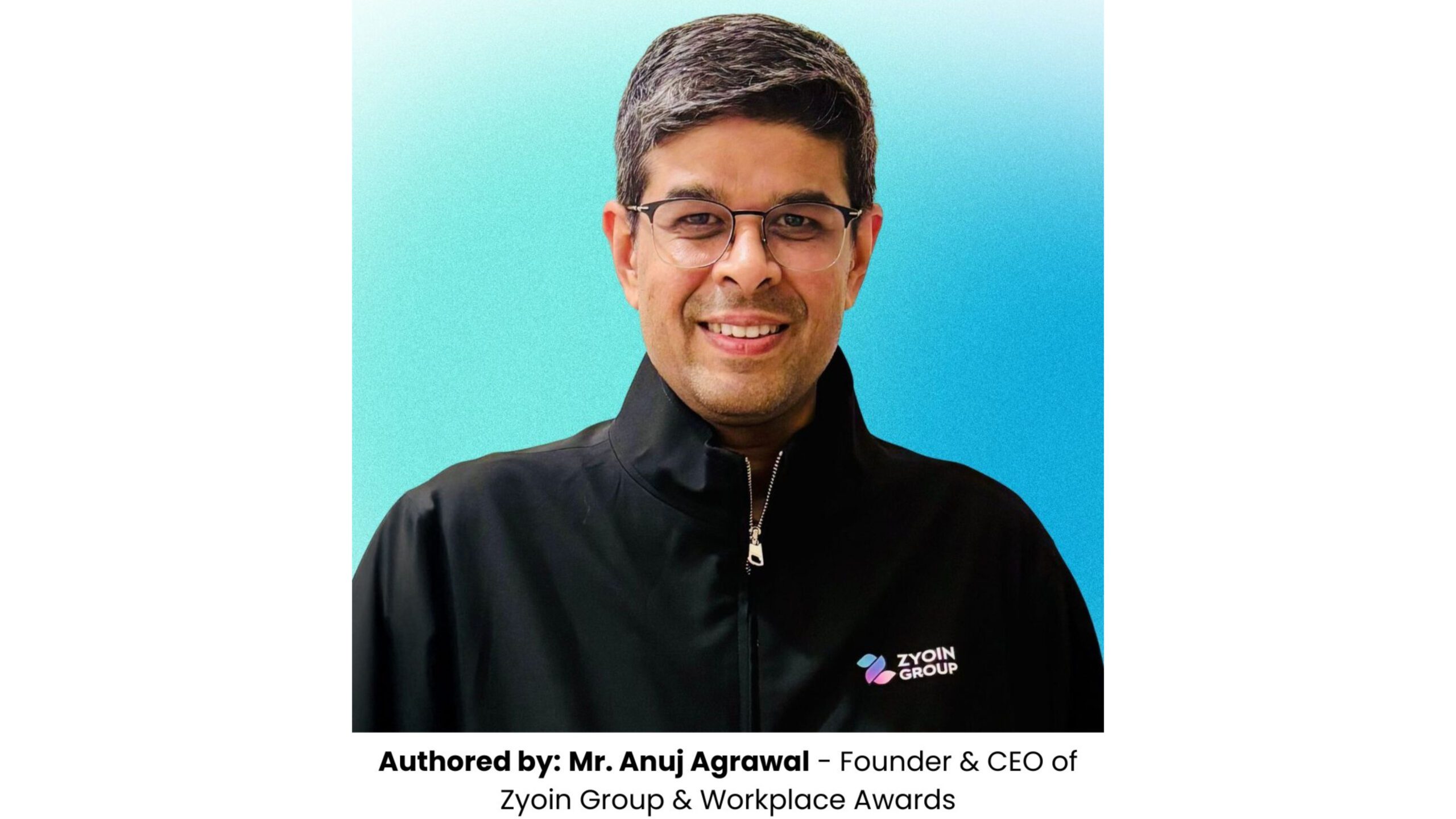Bangalore (Karnataka) [India], October 8: For thirty years, the U.S.–India tech corridor has been driven by a dual flow: Indian talent migrating to America under the H-1B program, and technology services relocating from India to the U.S. through offshoring. Together, this model helped create India’s $224 billion IT export industry, while providing U.S. firms with cost-efficient engines for digital transformation.
But with Washington’s recent policy signals — a $100,000 fee on every new H-1B petition and the proposed HIRE Act’s 25% tax on outsourced services — that architecture is entering its sharpest stress test in decades. For India, however, this may not simply be a story of vulnerability. It could also mark the beginning of a decisive pivot toward Global Capability Centres(GCCs), AI-driven innovation, and future-skill talent hubs inside India.
The New Policy Squeeze
Two levers define the immediate disruption.
Taken together, these measures don’t just disrupt people flows and service flows; they undercut the very basis of the traditional “global delivery” model perfected by India’s IT majors.
Why GCCs Are the Shock Absorber
Yet, even as outsourcing models face stress, another channel has quietly emerged as India’s more durable strategic asset: Global Capability Centres (GCCs).
More than 1,600 GCCs already operate in India, employing 1.7 million professionals and contributing nearly $46 billion in value. Unlike third-party outsourcing, GCCs are captive hubs directly owned by multinationals. They deliver product engineering, cybersecurity, R&D, financial modelling, AI development, and advanced analytics.
For U.S. companies under political pressure to “reshore,” GCCs offer a middle ground: jobs remain inside their corporate structure, quality and compliance are tightly controlled, and yet India’s deep talent pool continues to be tapped. In fact, several MNCs are already accelerating GCC expansion as an alternative to third-party offshoring contracts that could be penalised by the HIRE Act.
If the first era of outsourcing was about saving dollars, the GCC era is about building global brains at scale — and that’s where AI comes in.
AI: The Accelerator and Equaliser
The rapid adoption of generative AI, machine learning, and automation platforms adds another dimension. For decades, India’s IT industry was defined by headcount: more contracts meant more hiring. But AI shifts the calculus from volume to value.
GCCs in India are increasingly being positioned as AI-first hubs:
AI is not just reducing dependency on onshore visas; it is anchoring India’s GCCs at the heart of global enterprise innovation.
The Future-Skill Dividend
India’s most enduring advantage is no longer cost; it is talent scale and skill renewal. With 12 million people entering the workforce annually and over 65% of the population under 35, the country offers both a volume pipeline and a reskilling canvas.
The shift away from H-1B-driven career ladders is already visible. Where young professionals once aspired to “go onsite” in the U.S., today’s graduates are finding global exposure in AI labs, GCCs, and digital transformation projects based in India. Future-skill areas, such as AI engineering, cloud security, digital twins, robotics, and sustainability analytics, are creating a new professional identity: the “India-based global technologist.”
For multinationals, this means India is no longer just a source of coders or junior developers. It is a marketplace for talent that is already globally literate in AI-era skills.
Strategic Implications
The twin policy shocks in the U.S. could accelerate three structural trends in India’s tech and talent model.
1. GCC Expansion Over Outsourcing
Multinationals will prefer building and scaling their own GCCs rather than exposing themselves to penalties via third-party offshore contracts. This shifts profit pools but keeps employment growth intact.
2. Talent Localization, Skill Globalization
Instead of Indian professionals moving to the U.S. in large numbers, more of the work — and the innovation — will move to India. Talent will stay local, but skills and deliverables will remain global.
3. AI Productivity as a Hedge
Indian IT majors and GCCs alike will double down on embedding AI into delivery to offset higher costs and margin pressures. The value proposition will shift from “low-cost labour” to “high-leverage AI.”
Policy Choices for India
To harness this inflection, India must act deliberately. Several policy priorities stand out:
The Human Angle Revisited
For young Indians, the $100,000 H-1B wall is not the end of global career aspiration — but it is a signal that the future will look different. Instead of chasing the American Dream via a visa, the next generation will likely find its global platform in India’s AI labs, GCC innovation centres, and virtual global teams.
The transition will not be painless. Families who invested in U.S. degrees as a pathway to H-1B careers now face recalibration. But for millions entering India’s workforce, the opportunity to build world-class skills without leaving home may prove more sustainable — and less precarious — than relying on the vagaries of foreign immigration policy.
Why This Moment Matters
The H-1B fee shock and the HIRE Act are not merely threats to India’s IT sector. They are also catalysts for reinvention. The outsourcing model that powered India for thirty years is reaching its sunset. But the GCC-plus-AI model — where India serves as the operating system for global digital enterprises — is just taking off.
If the last inflection point made India the back office of the world, this one could make India the global innovation lab of the AI age. The prize is not just billions in export revenue but leadership in shaping the skills, governance, and innovation norms of the digital century.
For CXOs, policymakers, and analysts, the lesson is clear: India’s talent model is not collapsing under U.S. policy shocks. It is pivoting to a more resilient, AI-driven future — one that may define the next three decades of the global economy.





























